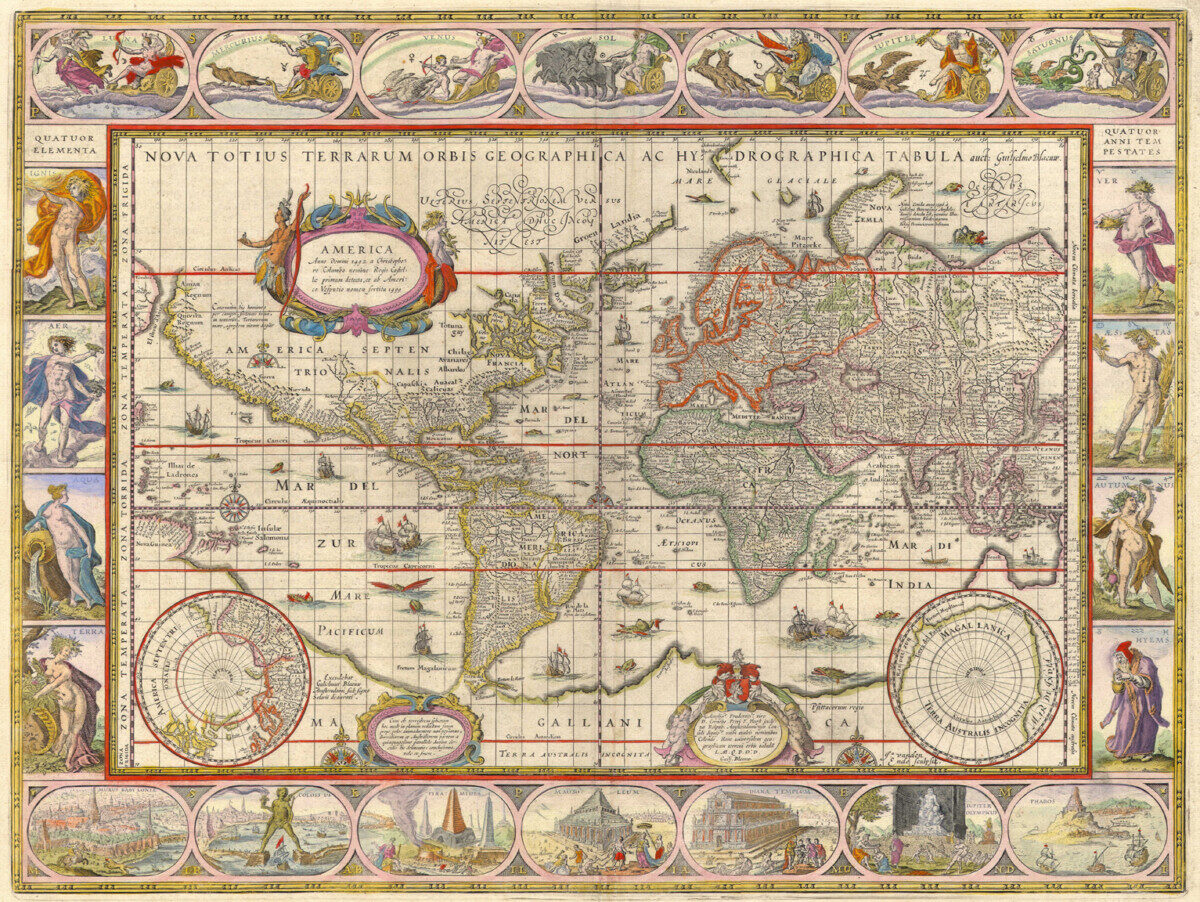I used to think that Baroque art is dramatic and dynamic. For example, Caravaggio’s technique of chiaroscuro emphasizes the contrast of light and darkness, creating a dramatic effect on his paintings. On the other hand, Bernini focuses on the movement of the figures in his sculptures; instead of the somewhat stiff and unnatural contrapposto of Greek sculptures, the characters in Bernini’s works appear as if they were alive and moving. However, upon reading “Introduction to the Global Baroque” by Dr. Carmen Ripollés, I realized that Baroque art is indeed a broader term than I expected and includes artworks around the globe from an extended period of time. As a result, there is not a single, umbrella style that defines “Baroque art;” rather, it is diverse and multicultural. It is especially interesting to read about how global trade facilitates the expansion of Baroque art and how different regions integrate their own cultures to the European-originated movement.
As for digital humanities, I understand the term as a collection of projects that utilize digital technologies. The purpose of a digital humanities project could be diverse, from archiving materials that are originally physical to creatively advocating for artworks. I do think that instead of working alone, digital humanities call for collaborations from both the scientific and humanities communities, if not beyond. However, such cooperations could also bring many challenges, and there should be more platforms to make them possible. Governments, universities, and other institutions should all commit themselves to the promotion of digital humanities.
